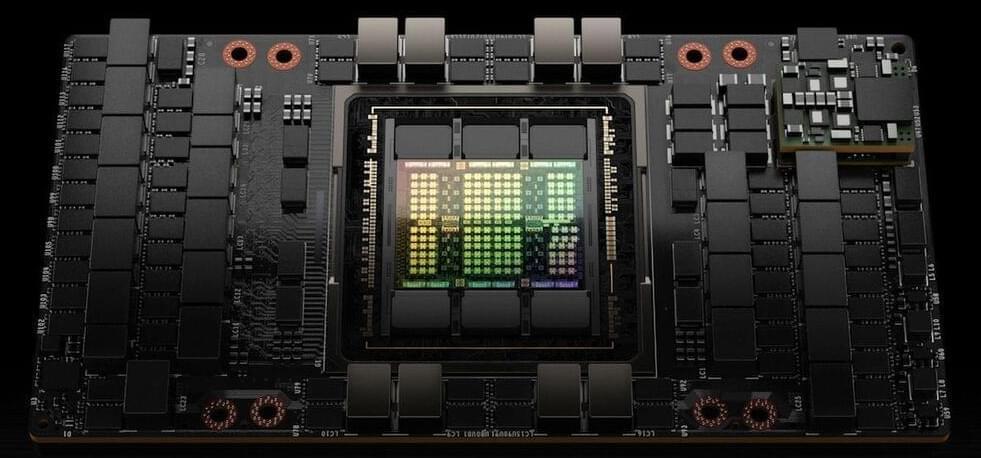Get the latest international news and world events from around the world.


Crowley’s All-electric Tug eWolf Starts Sea Trials
The first all-electric tugboat built in the United States, Crowley’s eWolf, has started sea trials along the U.S. Gulf Coast.
The 82-foot ship assist tug, built by Coden, Ala. shipbuilder Master Boat Builders, is expected to enter service at the Port of San Diego in 2024. Video footage of the vessel on sea trials was shared by Crowley on social media.
The eWolf is designed to operate on full electric power, producing zero carbon emissions and expected 70 ton bollard pull strength. The vessel is equipped with an integrated electrical package provided by ABB, a 6.2 MWh Orca battery energy storage system from Corvus Energy and two electrically driven Schottel RudderPropellers type SRP 430 LE (2,050 kW each) featuring propeller diameters of 2.5 meters. The vessel also has two small generators on board for emergency use and to enable long distance transits at a reduced speed.

The Changing World Order
The world order that existed since the end of World War II is coming to an end. We we can expect to see in the next few years. As a bonus I added some never se…

Use Of AI In DeepFakes Accelerating Risks To Companies
Board directors and CEO’s need to increase their knowledge of Deep Fakes and develop risk management strategies to protect their companies. Deepfakes are videos or images that often feature people who have been digitally altered, whether it be their voice, face or body, so that they appear to be “saying” something else or are someone else entirely.
You may recall the trickery of the video in 2019 showing Tesla cars crashing into a robot at tech convention causing havoc or of Wayfair false information involved in child sex trafficking through the sale of industrial cabinets. Even Mark Zuckerberg has been inflicted by deep fakes from a video where he was allegedly thanking U.S. legislators for their inaction on antitrust issues.
Unfortunately, deep fakes are incredibly easy to produce having gone mainstream and with AI, there are even more accelerated risks to plan for.

OpenAI eyes to be $100 billion firm, tailing Elon Musk’s SpaceX closely
The specifics of the funding round are yet to be finalized.
In the early stages of this process, discussions have taken place with potential investors, as per a report by Bloomberg. However, specific details such as the terms, valuation, and timing of the funding round are still being worked out and may undergo changes.
OpenAI in talks to raise fresh funding
The hottest startup in Silicon Valley has already raised about $13 billion from Microsoft. OpenAI’s upward growth trajectory is in tandem with the artificial intelligence boom brought on by ChatGPT last year.
Real Life SEX ROBOTS Are Coming — The Dangers Of Seductive AI
One of the early opportunities for Optimus to which Elon has alluded.
Disrupting prostitution, OnlyFans and the female profiteering off men’s emotional and sexual needs.
. Our guest, Mo Gawdat, former chief business officer for Google X, brings a stark warning from the forefront of technology. Having shaped the tech landscape through his work with IBM, Microsoft, and Google, Mo unflinchingly declares AI as a greater threat to humanity than global warming. The AI revolution is upon us, reshaping our future, irrespective of our stance. This episode delves into the startling implications of a world intertwined with sex robots. Could such artificial companionship eclipse our inherent need for human connection?

Israel grants Intel $3.2 billion for new $25 billion chip plant
JERUSALEM, Dec 26 (Reuters) — Israel’s government agreed to give Intel (INTC.O) a $3.2 billion grant for a new $25 billion chip plant it plans to build in southern Israel, both sides said on Tuesday, in what is the largest investment ever by a company in Israel.
The news comes as Israel remains locked in a war with Palestinian militant group Hamas in the wake of the Oct. 7 Hamas attack on Israel. It also is a big show of support by a major U.S. company and a generous offer by Israel’s government at a time when Washington has increased pressure on Israel to take further steps to minimise civilian harm in Gaza.
Shares of Intel, which has a bit less than 10% of its global workforce in Israel, opened up 2.73% at $49.28 on Nasdaq.
